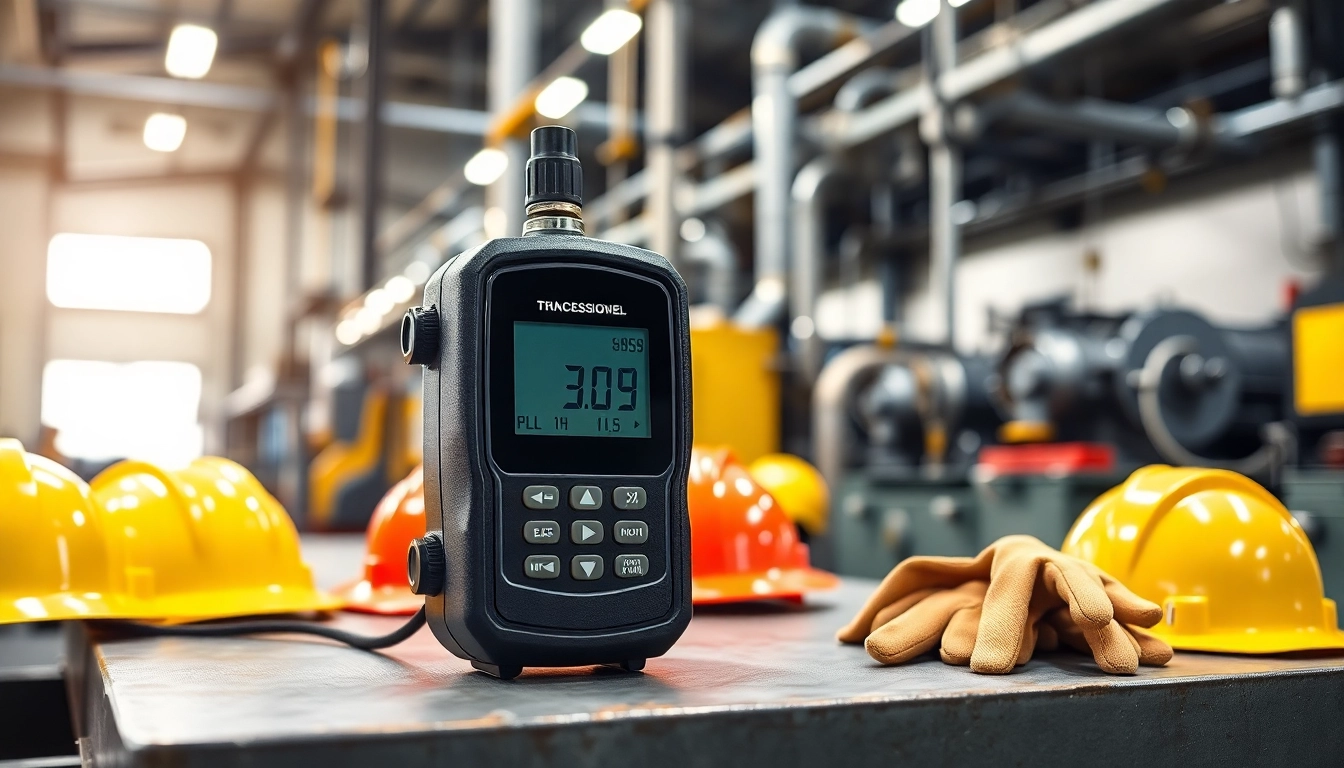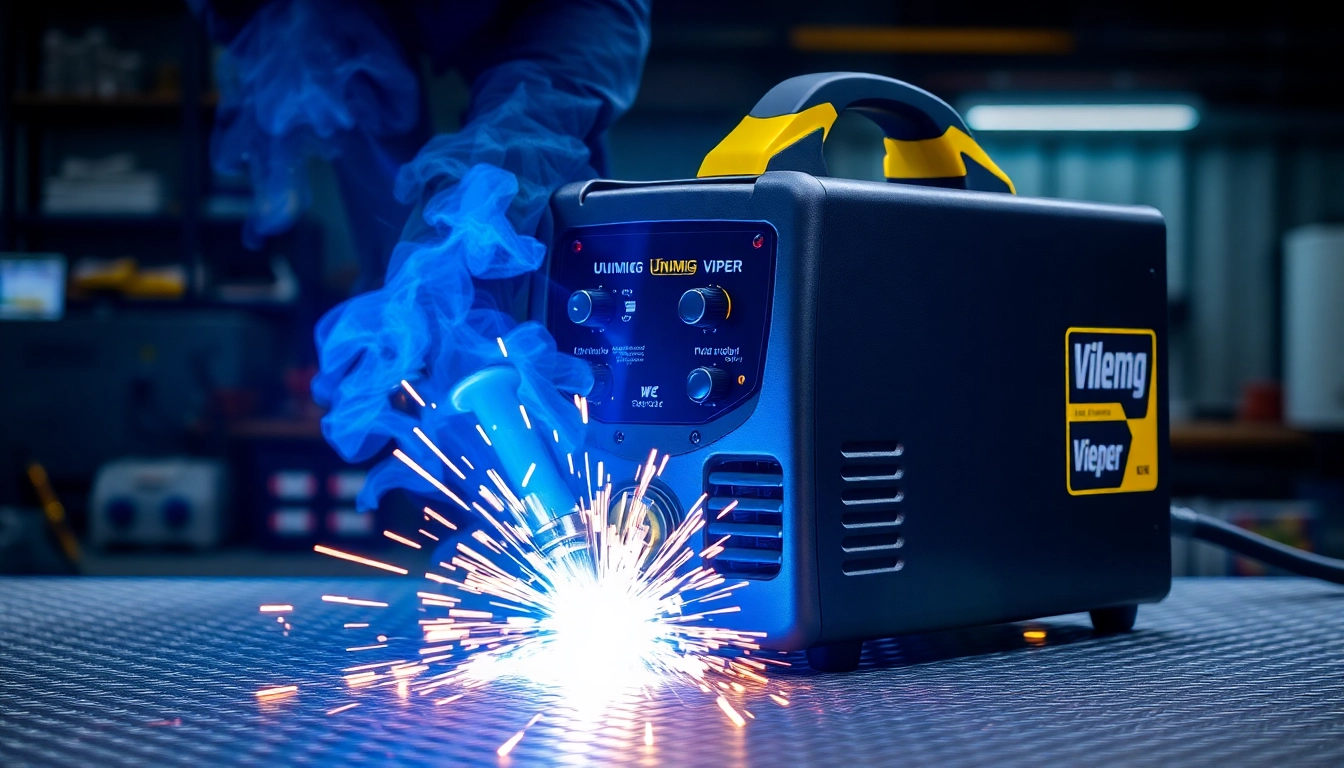Understanding Hydrogen Sulfide and Its Risks
What is Hydrogen Sulfide?
Hydrogen sulfide (H2S) is a flammable, colorless gas known for its characteristic foul odor, reminiscent of rotten eggs. It is formed through natural processes such as the decay of organic matter and is also emitted from various industrial activities. In certain concentrations, this gas can become highly toxic to humans and animals, making hydrogen sulfide gas detection an essential measure in various settings where exposure may occur. To safeguard individuals and organizations from these inherent risks, implementing a reliable hydrogen sulfide gas detector is crucial.
Health Risks Associated with Hydrogen Sulfide
The health effects of hydrogen sulfide exposure can range from mild to severe, depending on the concentration and duration of exposure. At low levels (less than 10 parts per million, or ppm), individuals often experience irritation of the eyes, nose, and throat. Prolonged or higher exposures, particularly above 100 ppm, can lead to severe respiratory distress, loss of consciousness, and potentially fatal consequences. The Occupational Safety and Health Administration (OSHA) has established permissible exposure limits to mitigate these risks, emphasizing the need for workplaces to monitor hydrogen sulfide levels actively.
Common Sources of Hydrogen Sulfide Exposure
Hydrogen sulfide is commonly present in various industries, including petroleum refining, sewage treatment, and mining, among others. Here are some key sources of exposure:
- Oil and Gas Industries: H2S is often found in natural gas and crude oil.
- Wastewater Treatment Facilities: Decomposition of organic matter in sewage produces H2S.
- Agricultural Operations: Manure storage and fermentation can generate significant amounts of the gas.
- Paper and Pulp Industries: Chemical processes in these industries can produce H2S as a byproduct.
The Importance of Hydrogen Sulfide Gas Detectors
Why Invest in a Hydrogen Sulfide Gas Detector?
Investing in a hydrogen sulfide gas detector is not merely a compliance requirement; it is a proactive step toward ensuring the safety of workers and the environment. Early detection of H2S allows for quick response measures to avoid exposure. Additionally, it helps organizations mitigate liability and reduces potential downtime and associated costs from accidents. By installing these detectors, businesses demonstrate a commitment to safety and regulatory compliance.
How Gas Detectors Protect Workers
Gas detectors primarily protect personnel by providing real-time monitoring of air quality in environments where hydrogen sulfide is present. These devices are designed to trigger alarms when H2S concentrations reach unsafe levels, prompting immediate evacuation and remedial actions. Furthermore, gas detectors can foster a culture of safety within the organization, encouraging employees to remain vigilant about their surroundings and prompting regular training on emergency protocols.
Industry Standards for Hydrogen Sulfide Detection
Various industry standards and guidelines govern the use of hydrogen sulfide detectors. Most notably, OSHA outlines specific regulations that require employers to monitor H2S levels in workplaces. Compliance with these standards ensures that organizations have appropriate systems in place not only to protect employees but also to avoid hefty fines and legal repercussions. Additionally, adherence to standards set by organizations like the American National Standards Institute (ANSI) can be crucial in selecting detectors that meet safety requirements.
Types of Hydrogen Sulfide Gas Detectors Available
Portable vs. Fixed Detectors: What’s Right for You?
Choosing between portable and fixed detectors largely depends on the specific needs of your operation. Portable gas detectors are handheld devices that can be used by individual workers in a variety of locations. They offer flexibility and are ideal for temporary operations or jobs that require mobility. Fixed detectors, on the other hand, are permanently installed in a location and provide continuous monitoring of a specific area. These are suitable for places where H2S is consistently present and where constant surveillance is necessary.
Comparative Features of Leading Hydrogen Sulfide Gas Detectors
When assessing gas detectors, consider the following comparative features:
- Response Time: The efficiency of a gas detector is often measured by how quickly it can detect H2S and trigger an alarm.
- Calibration: Regular calibration is essential for accurate readings. Automated calibration features can enhance usability.
- Battery Life: Extended battery life is crucial for portable detectors to ensure reliability during long shifts or remote operations.
- Data Logging: Some advanced models provide data logging features that track exposure levels over time, assisting in compliance documentation.
How to Choose the Best Detector for Your Environment
Selecting the appropriate hydrogen sulfide gas detector requires careful consideration of several factors, including:
- Environmental Conditions: Assess whether the detector is needed indoors or outdoors, and consider extremes in temperature and humidity.
- Detection Range: Determine the levels of H2S that need monitoring to select a detector with adequate sensitivity and range.
- Ease of Use: The chosen detector should be user-friendly, allowing easy operation and maintenance.
- Training and Support: Opt for brands that offer robust training and technical support to aid implementation.
Installation and Maintenance of Hydrogen Sulfide Gas Detectors
Step-by-Step Guide to Setting Up Your Detector
Proper installation is crucial for the effective operation of hydrogen sulfide gas detectors. Follow these steps to set up your device:
- Select Location: Choose installation points based on potential H2S release sources.
- Mount the Detector: Secure the detector according to manufacturer guidelines, ensuring it is at the right height for optimal detection.
- Connect Power Supply: Ensure that the power source complies with the detector’s specifications.
- Test the System: Conduct a functional test to ensure the detector is operational, responding to simulated H2S exposure.
Routine Maintenance Practices for Optimal Performance
To ensure continued reliability, regular maintenance activities should include:
- Calibration: Regularly calibrate the device as per manufacturer guidelines, typically every 6 to 12 months.
- Inspect Alarms: Test alarms weekly to verify audible and visual warnings activate properly.
- Battery Checks: Monitor battery levels weekly, replacing batteries as necessary to avoid unexpected failures.
Troubleshooting Common Issues with Gas Detectors
Common problems encountered with gas detectors and their potential solutions include:
- False Alarms: Calibrate the device accurately, as environmental factors may influence sensitivity levels.
- Sensor Contamination: Clean sensors regularly and replace them if significantly worn or damaged.
- No Response to Gas: Check for power supply or battery issues and examine the calibration settings.
Regulations and Compliance for Hydrogen Sulfide Detection
OSHA Regulations on Hydrogen Sulfide Exposure
The Occupational Safety and Health Administration has established strict regulations regarding exposure to hydrogen sulfide. Employers are mandated to monitor H2S levels, provide proper training to workers, and take appropriate measures to mitigate exposure risks. Compliance with these regulations can help organizations avoid severe penalties and ensure a safer workplace.
Ensuring Compliance Through Regular Testing
Regular testing and validation of hydrogen sulfide gas detectors are essential measures for compliance. Organizations should establish a routine schedule for testing based on regulatory requirements and the specific operational environment. Together with documented maintenance records, this testing helps demonstrate compliance during audits and reinforces an organization’s commitment to workplace safety.
The Future of Hydrogen Sulfide Detection Technologies
Innovation in hydrogen sulfide detection technology is continuously evolving, with advancements focusing on increasing sensitivity, improving portability, and incorporating smart technology. The future will likely see detectors that utilize data analytics for predictive maintenance, integrating with broader safety systems to provide comprehensive monitoring and response capabilities. These advancements will not only enhance worker safety but also streamline compliance efforts for organizations involved in high-risk operations.



